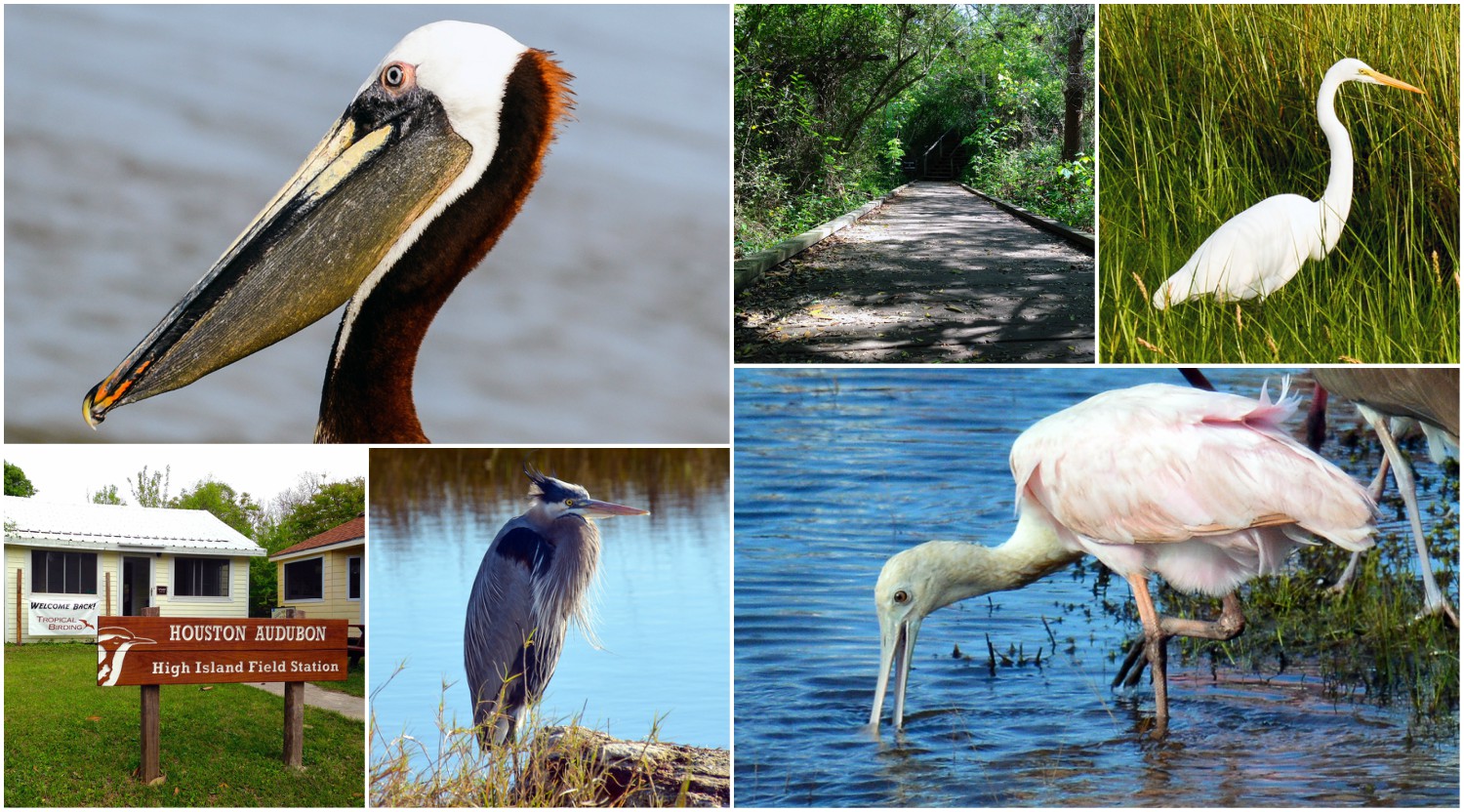Bolivar Peninsula is host to numerous bird sanctuaries along with the nearby national Anahuac Wildlife Refuge. So grab your camera and get ready for a great coastal birding excursion, spotting Rosetta Spoonbill, Avocet, Warblers, Great Blue Herons just to name few, and all just minutes from your Bolivar beach chair.
Ready for a back-to-nature adventure? The Bolivar Peninsula is right at the center of the action. The entire peninsula is part of the Great Coastal Birding Trail, which plays a vital role as a habitat for migrating birds. There are bird sanctuaries all over the area as well as a nearby national wildlife refuge. So grab your camera and get ready for a great coastal excursion that will have you spotting spoonbills, kayaking amidst great blue herons and observing alligators, all just minutes from your Bolivar beach chair
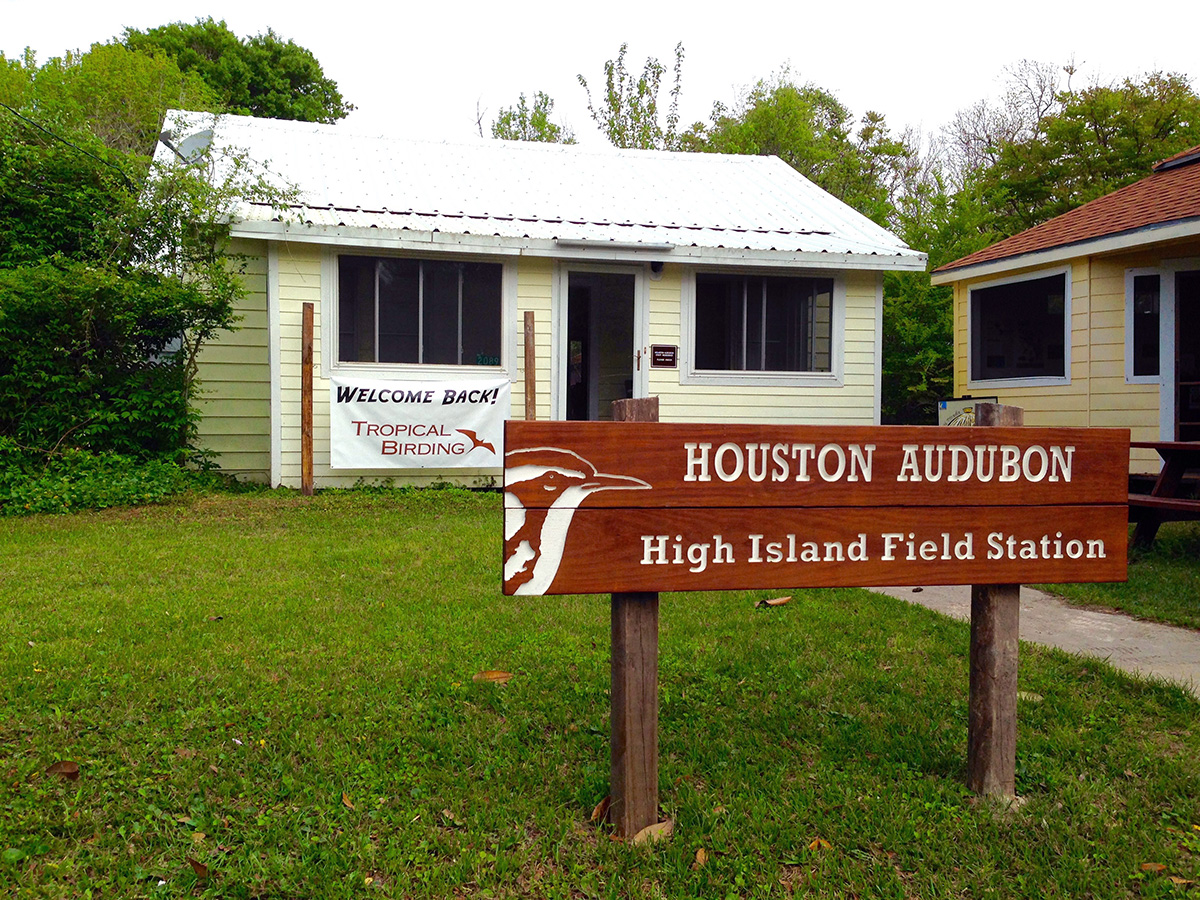
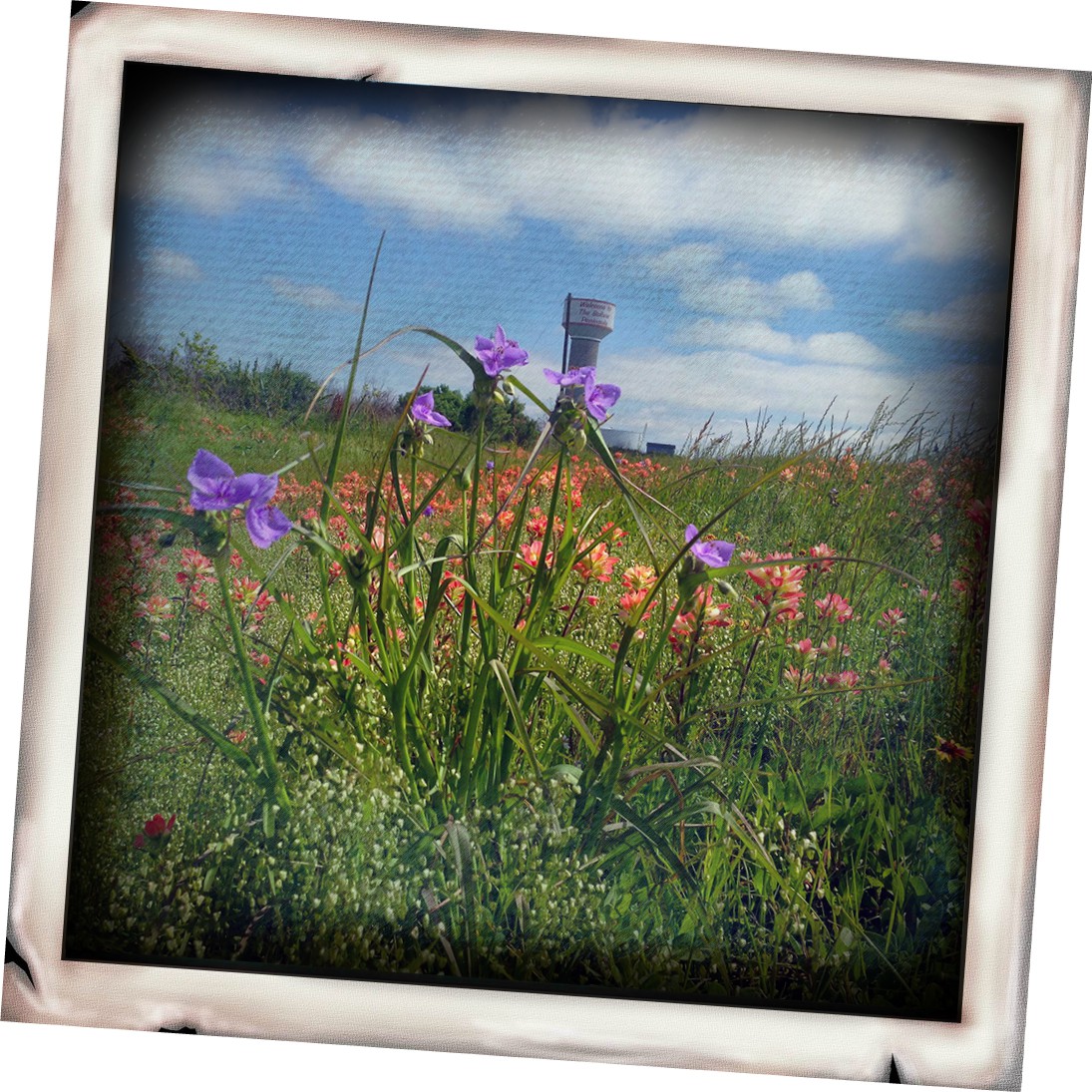
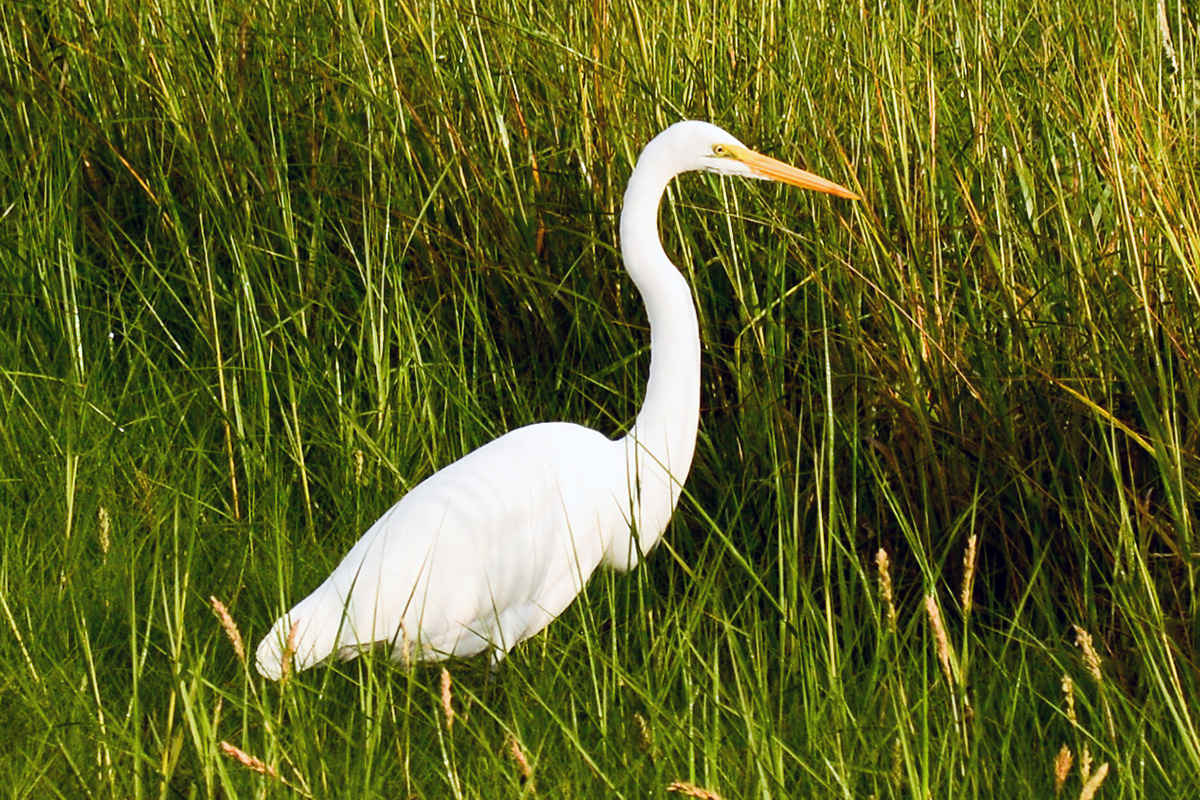
On the far west end of the Bolivar Peninsula are the Houston Audubon Horseshoe Marsh and Bolivar Flats bird sanctuaries. This combination of salt marsh, mud flats and beachfront holds the highest rated designation in the birding world as a Globally Important Bird Area and is an International Site in the Western Hemisphere Shorebird Reserve Network. Hundreds of thousands of shorebirds converge on the flats to feed on the shrimp, small fish and crabs teeming in the shallows of the marsh. Here you can reliably spot pelicans, gulls, roseate spoonbills, sandhill cranes, large herons, osprey, crested caracara and more amidst the hundreds of species of shorebirds and landbirds that either make their permanent homes here or stop in for a rest before continuing on their annual migratory routes. Drop a kayak in the water, take a walk out on the North Jetty, or hike out past the pilings just west of Rettilon Road for a closer look, but please be respectful and do not disturb the birds during your observation.
At the far East end of the peninsula are the world-renowned Smith Oaks and Boy Scout Woods Bird Sanctuaries in High Island Texas. In the spring and fall birding enthusiasts from around the globe flock to High Island, as hundreds of species of birds stop all along the coastal marshlands to rest, nest and mate before continuing their cross-continental journeys. During the peak of the spring migration Boy Scout Woods is staffed by volunteers offering tips, information and guided tours, but self-guided tours along the many boardwalks and observation areas of any the sanctuaries are always an option, and fascinating any time of year. Smith Oaks is the largest sanctuary and is home to the Rookery, an island in the middle of Claybottom Pond. It’s said there’s no better place in Texas to observe the home lives of colonial waterbirds than the Rookery. Snowy egrets, spoonbills, herons, white ibis and more can be observed there, as well as alligators laying in wait for hapless chicks at the edge of the pond (a sight not for the faint at heart!). Don’t miss the dramatic show an hour or so before sunset as birds pour in from all over to roost for the night.
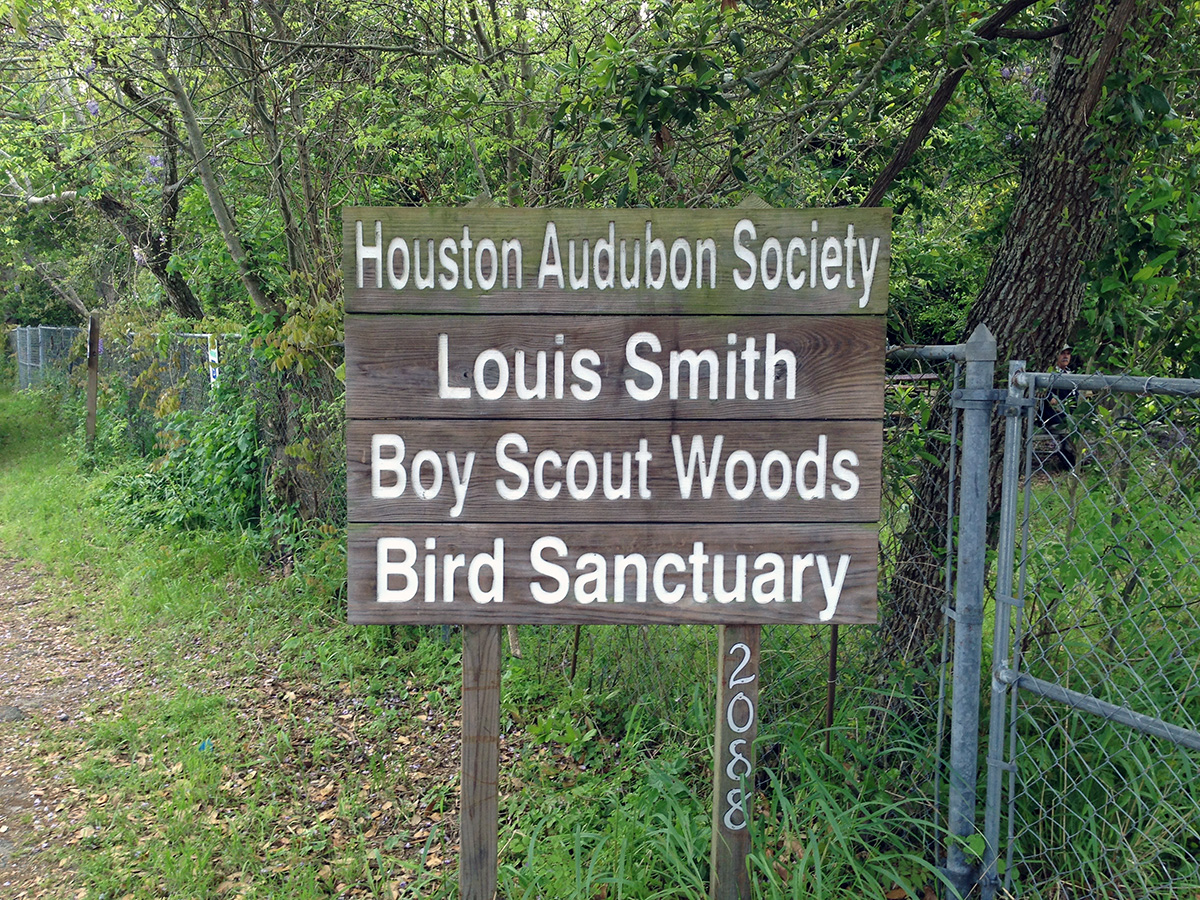
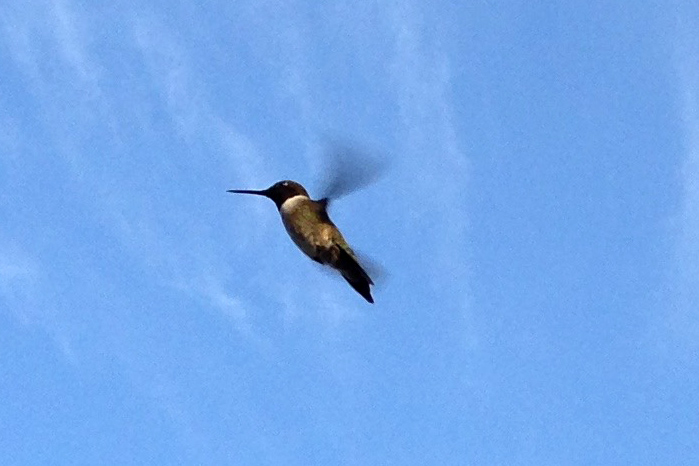
Just up the road from High Island, adjacent to East Galveston Bay is the Anahuac National Wildlife Refuge. Walk along trails through the 34,000 acres of meandering bayous and coastal marshland to spot an abundance of wildlife from ibis to alligators to bobcats and more. Between October and March huge flocks of geese, sometimes in excess of 80,000 at a time, stop to feed in the rice fields of the refuge. River otter, alligators, opossum, raccoons, ducks, and a multitude of waterbirds can be spotted at the refuge throughout the year. Enjoy wade fishing from the shoreline or one of the many fishing piers. Boating and managed hunting is also allowed within the park. A friendly staff is on hand to answer questions, direct you along the many nature paths, and offer guided interpretive tours. After an exciting day at the refuge, it’s a short trip back to Bolivar Peninsula to share amazing nature photos and adventure stories with your family and friends at the beach. For more information on the National Wildlife Refuge, [CLICK HERE](https://www.fws.gov/refuge/anahuac/visit/plan_your_visit.html)
